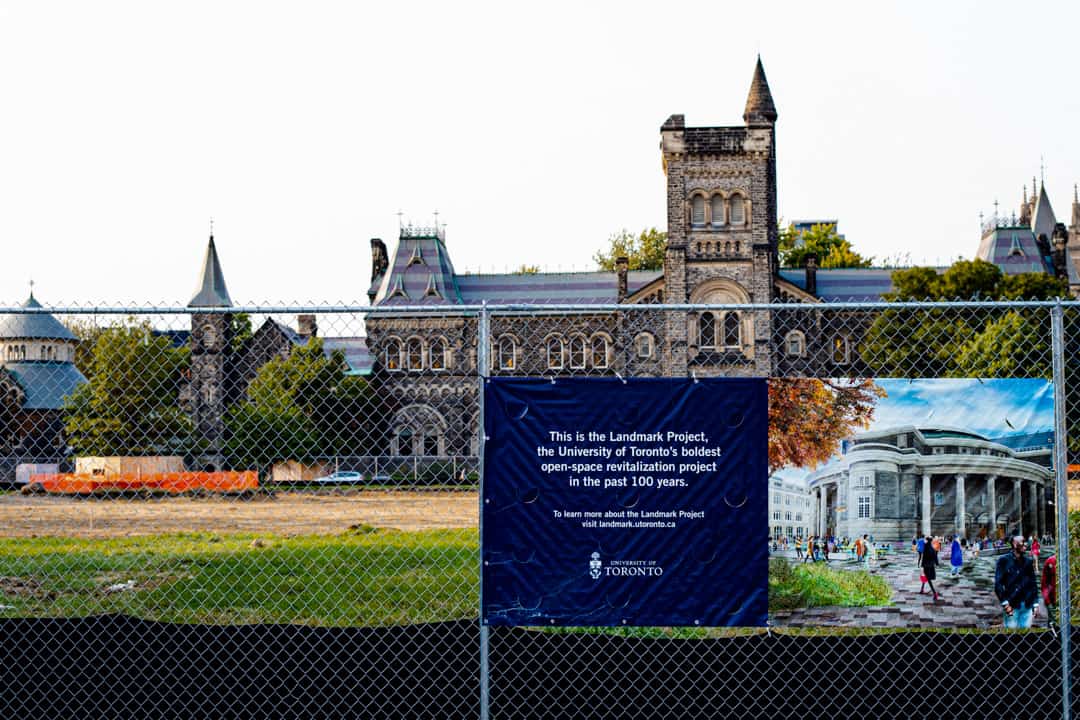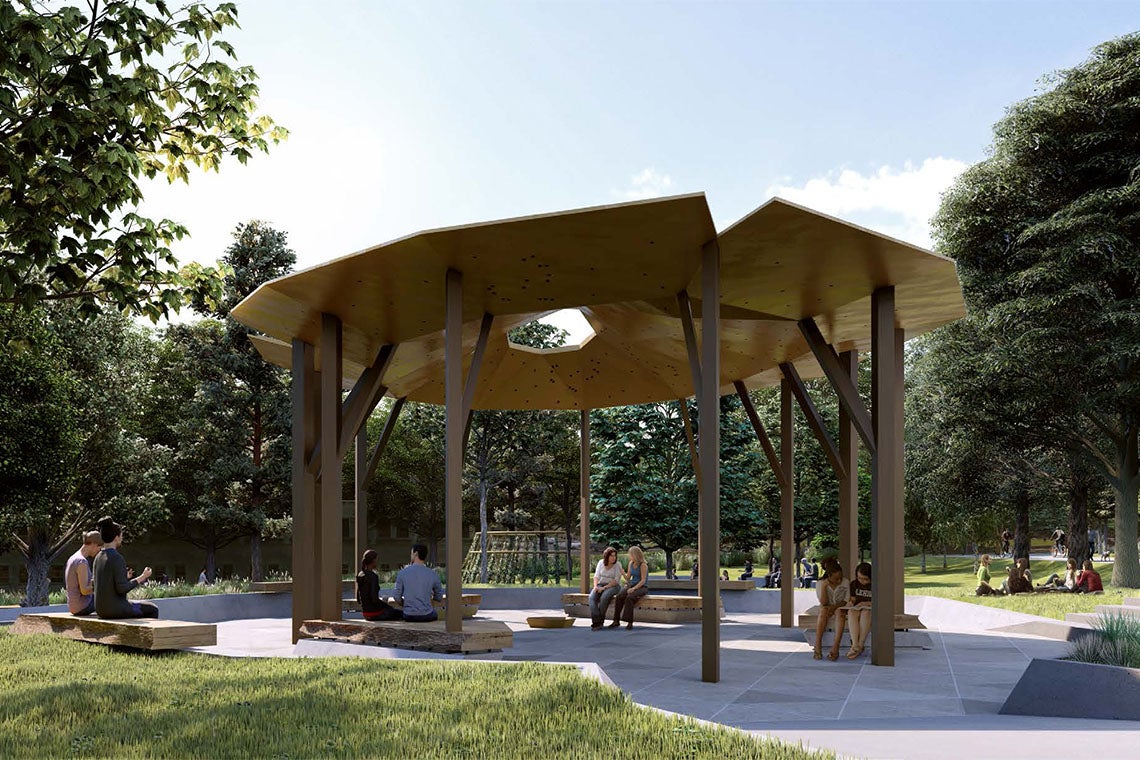UtakataNoAnnex
Senior Member
Oops...I thought it was the only one creek we buried, so thanks for clarifying that. But still, I sit corrected again.
Oops...I thought it was the only one creek we buried, so thanks for clarifying that. But still, I sit corrected again.
Well...that was depressing. But thanks for sharing that. /bowsWe buried dozens of creeks! Terrible policy decisions, over several decades from the mid-19thC all the way to the 1980s!
Have a look at this map from Lost Rivers showing everything that was lost and what year!
Now for 2 ever so slightly off-topic pics..........of King's College Road............a moment of satisfaction when U of T and our City got streetscape very right. Something we can aspire to for the space above!
It's funny: I always thought that based purely on the visuals, until I worked at U of T and saw how it is actually used each day, and now I firmly hate it. Midday weekdays see delivery trucks almost constantly parked on the sidewalks because of the low curbs and drivers (mostly Ubers/Lyfts, but also students in their M3s) absolutely *flying* up and down the stretch because there is no traffic calming, and it's almost unusable for people on bikes (mostly because the horizontal cobbles almost fling you off your bike).
To me, having seen how it's used in practice, it's a bit like the adjacent stretch of St. George: looked great in both rendering and reality, but falls down functionally because you just can't really on drivers to take normative cues from design and materiality; infrastructure must physically prevent drivers from doing dangerous or illegal stuff.

 thevarsity.ca
thevarsity.ca

The design proposal for a prominent Indigenous space at the heart of the University of Toronto’s St. George campus reveals a place that celebrates Indigenous culture, fosters community and educates visitors about the history of the land and the Indigenous nations who have lived and gathered there for millennia.
The Indigenous Landscape project at Taddle Creek uses design, storytelling and culture to create a highly visible Indigenous space on Hart House Green. Elements include teaching, gathering and event spaces, gardens for plant medicines and Indigenous trees and cultural markers offering information on residential schools, treaties and the burying of Taddle Creek, which once snaked through the area.
It’s all part of U of T’s Landmark Project – a broader revitalization of the historic core of the St George campus.

Indigenous Landscape design draws on community input, consultations
The design proposal for a prominent Indigenous space at the heart of the University of Toronto’s St.www.utoronto.ca
Indigenous Landscape design draws on community input, consultations
December 09, 2020
View attachment 288045View attachment 288046View attachment 288047View attachment 288048View attachment 288049
Will indigenous people appreciate this gesture or is it done to make non-indigenous people feel better about themselves?
It appears that everyone can enjoy the new landscape. I like the idea of using native species for plantings even though some may be problematic as Northern Light has mentioned. The advisory group on this project has a significant indigenous component, so one could expect a good reception from the First Nations groups when complete. Everyone should feel better about themselves.Will indigenous people appreciate this gesture or is it done to make non-indigenous people feel better about themselves?